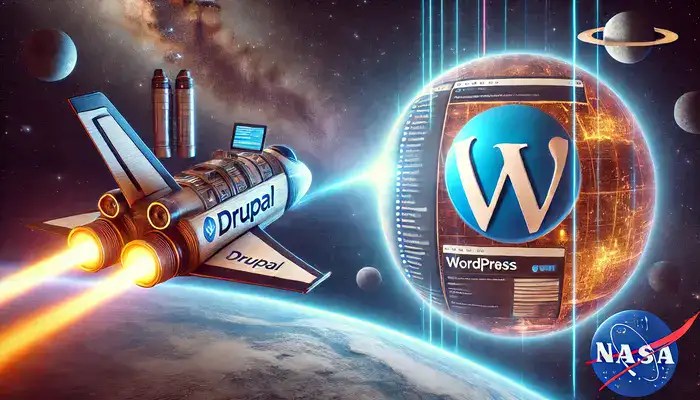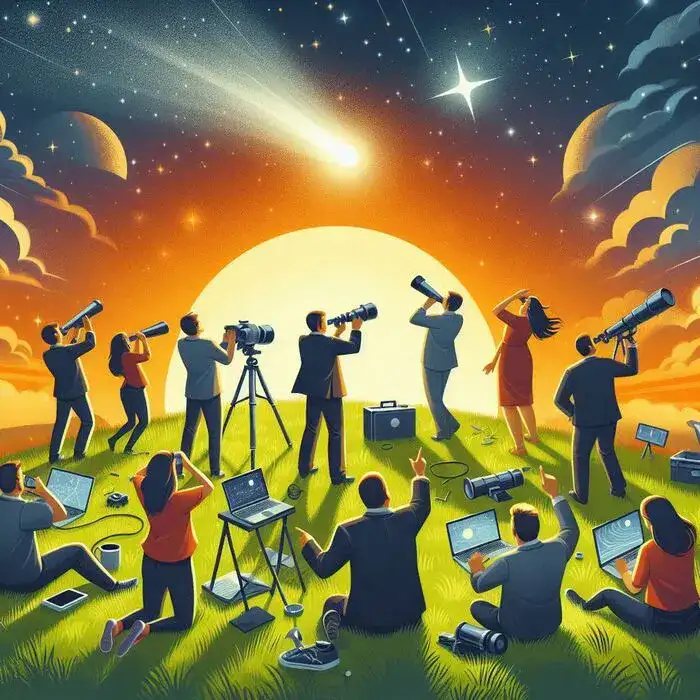Practice Reading & Listening on Stars Practice Reading & Listening on Stars for IELTS & TOEFL with a podcast as a documentary from National Geographic YouTube Channel, illustrated flashcards, text-to-speech https://www.youtube.com/watch?v=EFO_bsg1sw8&t=24s The genesis of stars Like fireflies on a still summer night, they gently dot and illuminate the infinite velveteen sky. Stars, either millions or billions of years old are all born in nebuli, clouds of dust and mostly hydrogen gas. Within these stellar nurseries, stars begin life as protostars or hot cores formed by the collection and collapse of dust and gas. Thermonuclear fusion in stars As the protostars ...
Home » English Documentaries with Transcript » Practice Reading & Listening on Stars for IELTS & TOEFL

Practice Reading & Listening on Stars for IELTS & TOEFL
Updated: by Dr. Mohammad Hossein Hariri Asl
Time to Read: 3 minutes | 351 Views | 4 Comments on Practice Reading & Listening on Stars for IELTS & TOEFL
Share This Post
About the Author
Dr. Mohammad Hossein Hariri Asl is an English and Persian instructor, educator, researcher, inventor, published author, blogger, SEO expert, website developer, entrepreneur, and the creator of LELB Society. He's got a PhD in TEFL (Teaching English as a Foreign Language).
Number of Posts: 4239



There’s one billion shining little stars in sky and they have so many different colors like,green,yellow,red,blue and purple that it is one of the beautiful things of nature.
That’s right, Soroosh. The stars in the night sky add beauty and color to our vision.
Feedback:
Consider spaces between the colors after commas.
We see them every night we look at the sky and yet we can never imagine how massive and extraordinary they can be.
That is absolutely correct. These tiny shining particles scattered all around the night sky appear ethereal at first glace. Yet, like our sun, they’re fiery and almost impossible to get close to.